Synthetic diamond
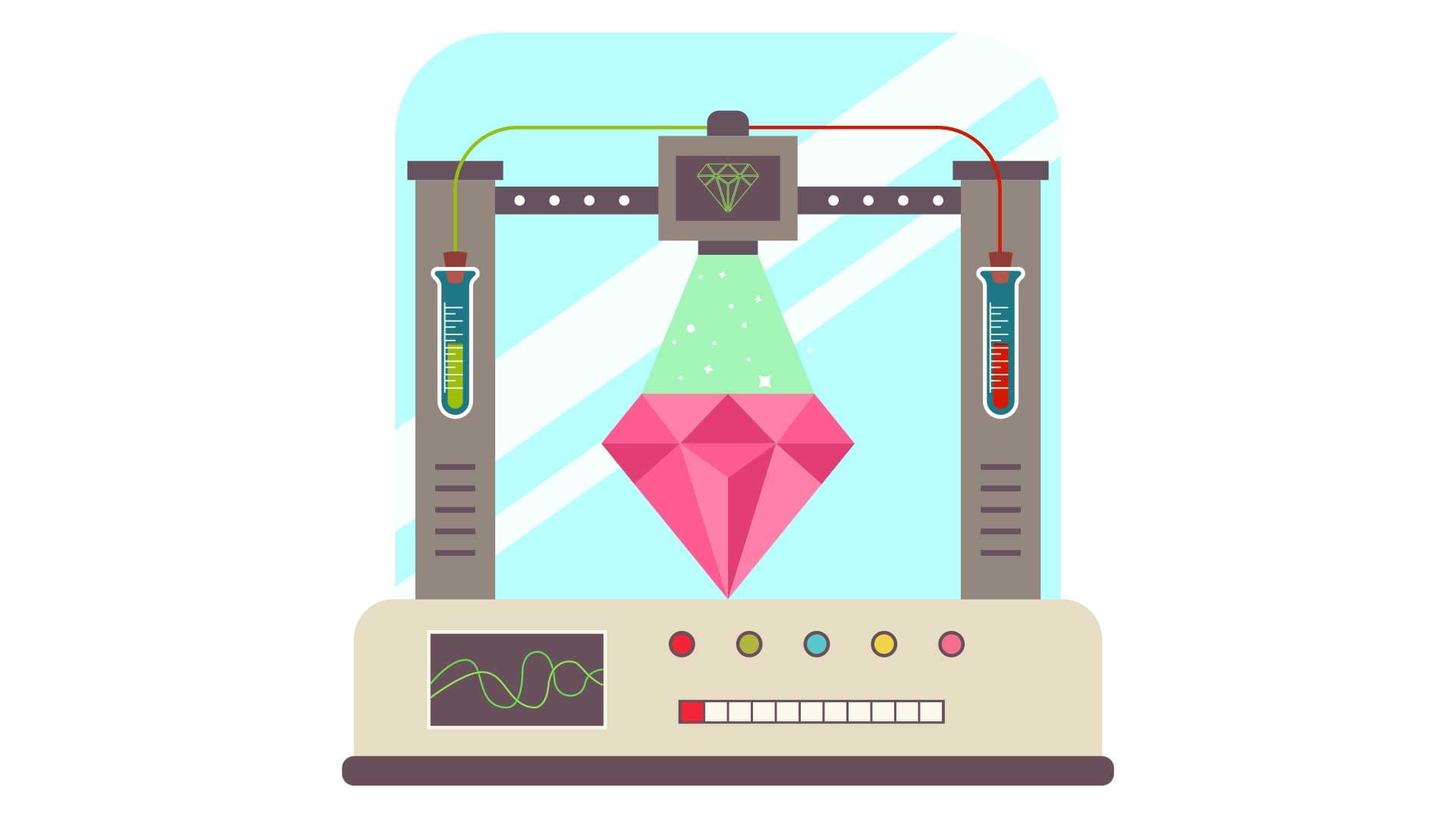
Not all diamonds are natural. With new technologies, it is now possible to create synthetic diamonds. By definition, a synthetic diamond (also commonly known as a synthetic diamond) is produced in a laboratory using physical and chemical techniques to replicate the structure of natural diamonds.
In this article, we will answer the most frequently asked questions: What is a synthetic diamond? What is the difference between a natural diamond and a synthetic diamond? How can you tell them apart? Why buy a natural diamond rather than a synthetic diamond? Then, we will highlight 5 essential truths to know about synthetic diamonds.
What is a synthetic diamond?
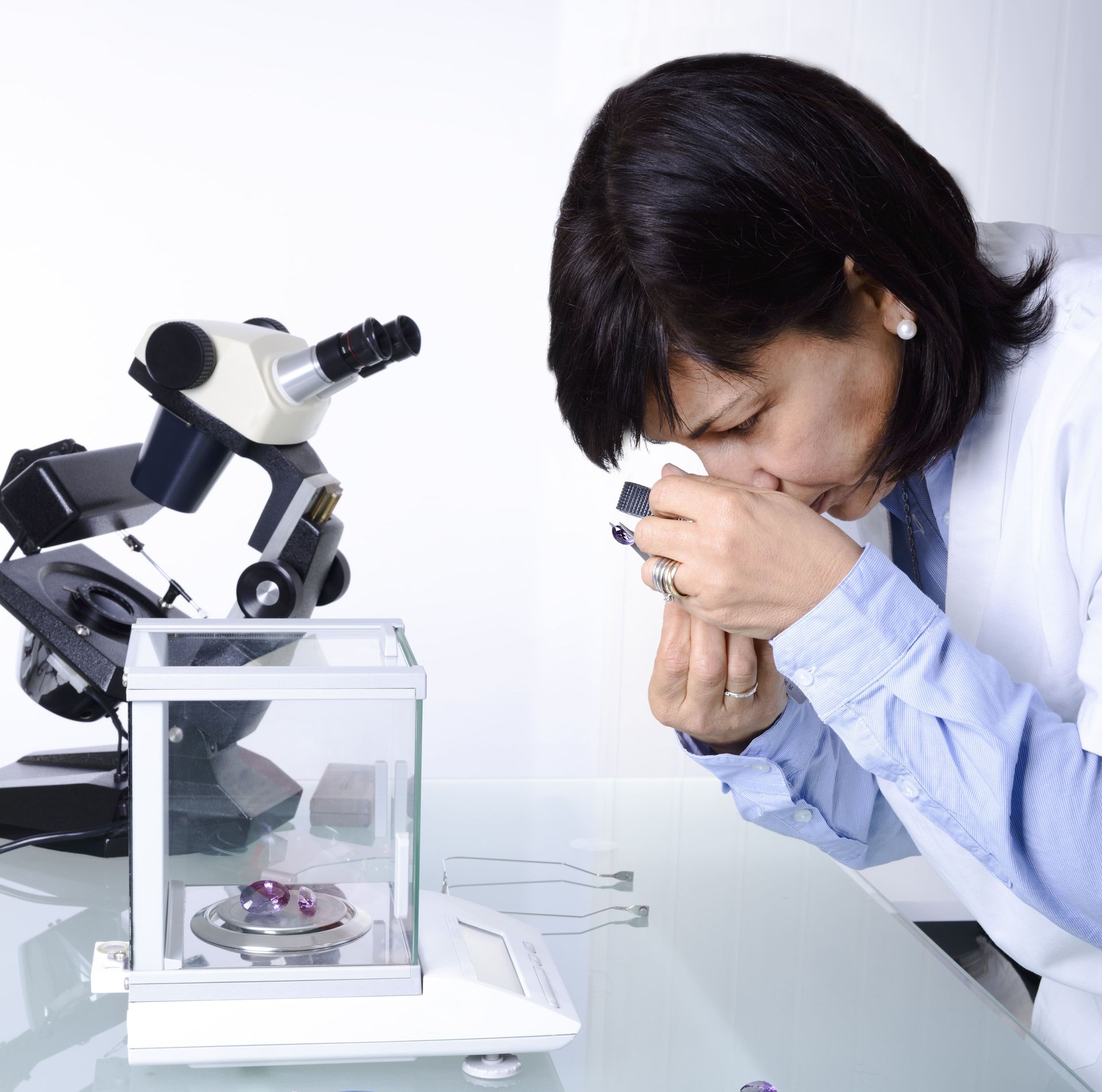
A synthetic diamond is the result of a technological process, as opposed to the geological process that creates natural diamonds.
Synthetic diamonds have essentially the same chemical composition, crystal structure, optical and physical properties as diamonds found in nature.
Most synthetic diamonds are classified as high pressure, high temperature (HPHT) or chemical vapor deposition (CVD) diamonds, depending on the production method used. Since HPHT and CVD diamonds are virtually identical to natural diamonds, the differences only become clear when they are analyzed in a gem laboratory.
Synthetic diamonds represent a small segment of the market, but they are becoming more prevalent and increasingly difficult to detect. GIA, HRD and IGI laboratories are at the forefront of this challenge by offering a separate report for synthetics to avoid confusion in the marketplace.
What does the ISO 18323 standard say about synthetic diamonds?
The international standard ISO 18323 (Jewellery - Consumer confidence in the diamond industry) was published in 2015. It states, "A diamond is a mineral created by nature, consisting essentially of crystallized carbon in the form of a cubic crystal system, with a hardness of 10 on the Mohs scale, a specific gravity of 3.52 and a refractive index of 2.42." "The name 'diamond' without additional specification always implies that it is 'natural diamond'. These two terms are equivalent and mean the same thing.
ISO18323 allows 3 different terminologies for synthetic diamonds: "synthetic diamond", "laboratory-grown diamond" and "laboratory-created diamond". And its definition is clear: synthetic diamonds are "an artificial product that has the same chemical composition, crystal structure, and physical properties as diamond".
Our selection
of diamonds
De Hantsetters, diamonteers since 1888
How to distinguish a synthetic diamond from a natural diamond?
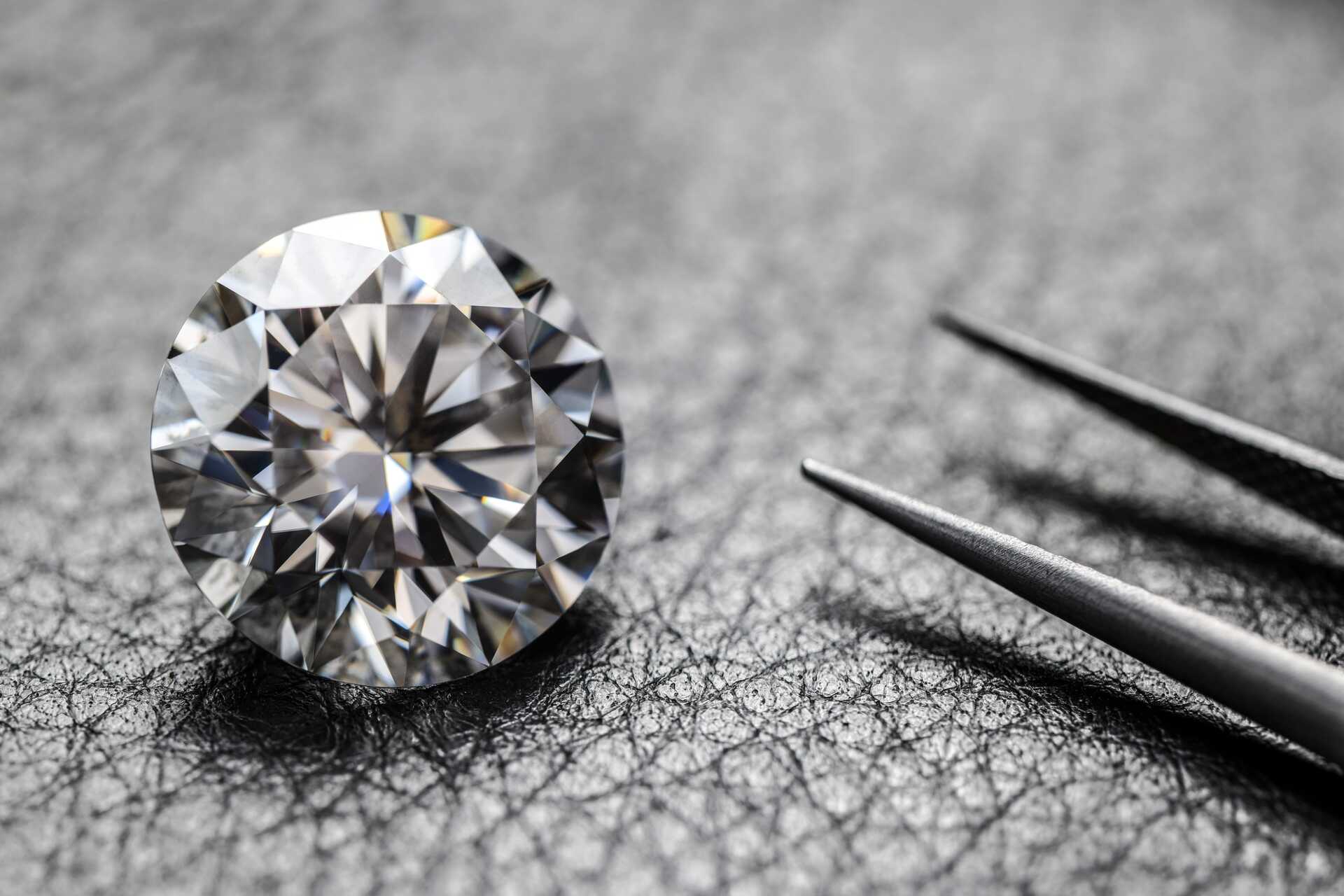
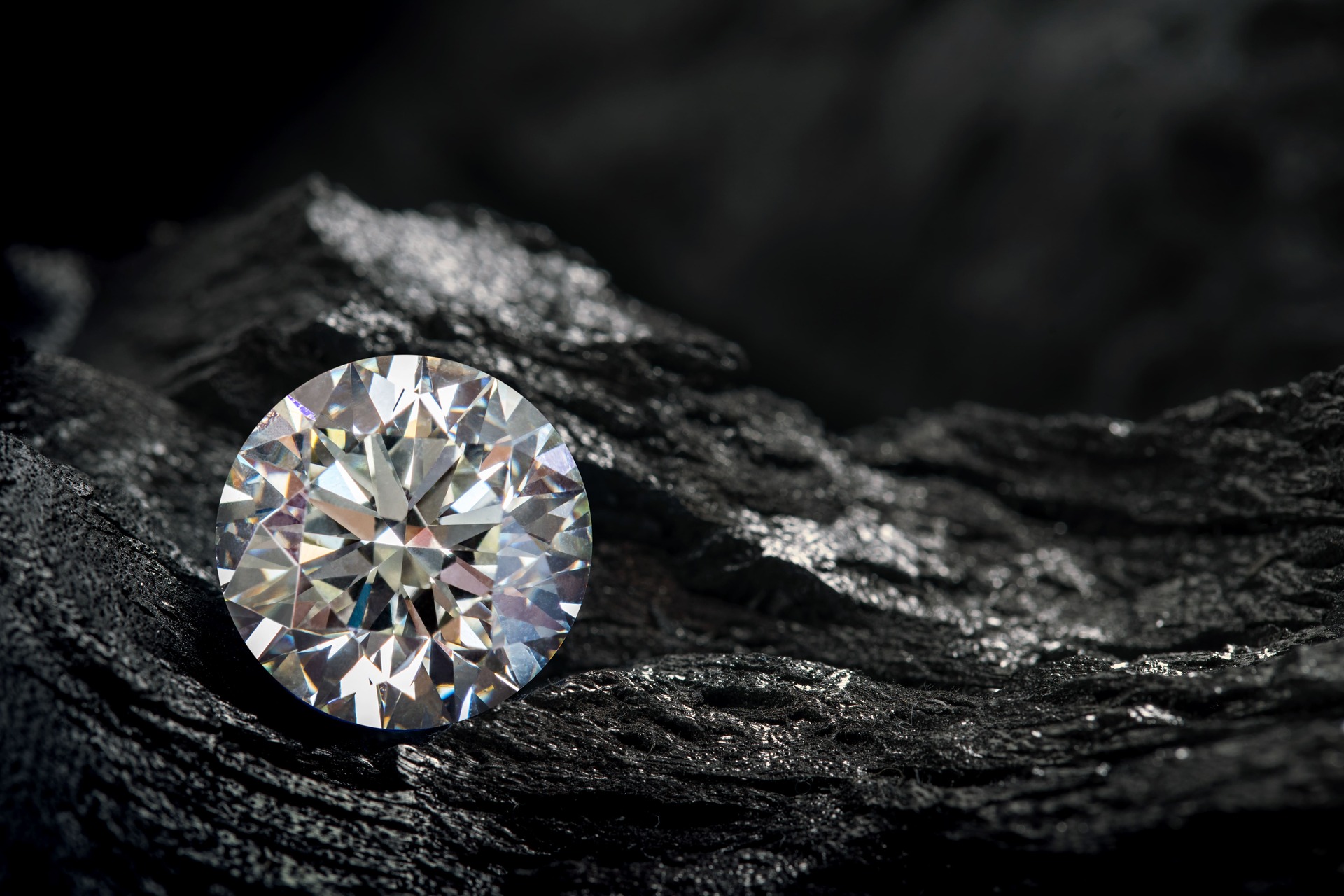
It is impossible to tell the difference between a natural diamond and a synthetic diamond, with the naked eye, with a magnifying glass, or even with a microscope. It requires special, extremely expensive equipment that only gemological laboratories (GIA, HRD, IGI) are equipped with.
Hence the extreme importance today for the consumer to buy only a diamond certified by an internationally recognized laboratory (HRD, IGI or GIA) and to make sure that it is not written on the certificate one of the 3 following terms: " synthetic diamond ", " laboratory-grown diamond " or " laboratory-created diamond ". It must be written on the GIA, IGI or HRD certificate, "diamond" or "natural diamond".
N.B.: the purity and color of natural diamonds can also be modified by treatment, for example by heating the stone under high temperature and high pressure, to lighten or darken it, or to remove an inclusion and make it pure. Again, the gemological laboratories (IGI, HRD and GIA) mention these treatments on the certificates when they have been performed. If no treatment is mentioned, it means that the diamond has not undergone any treatment.
Why buy a natural diamond instead of a synthetic one?
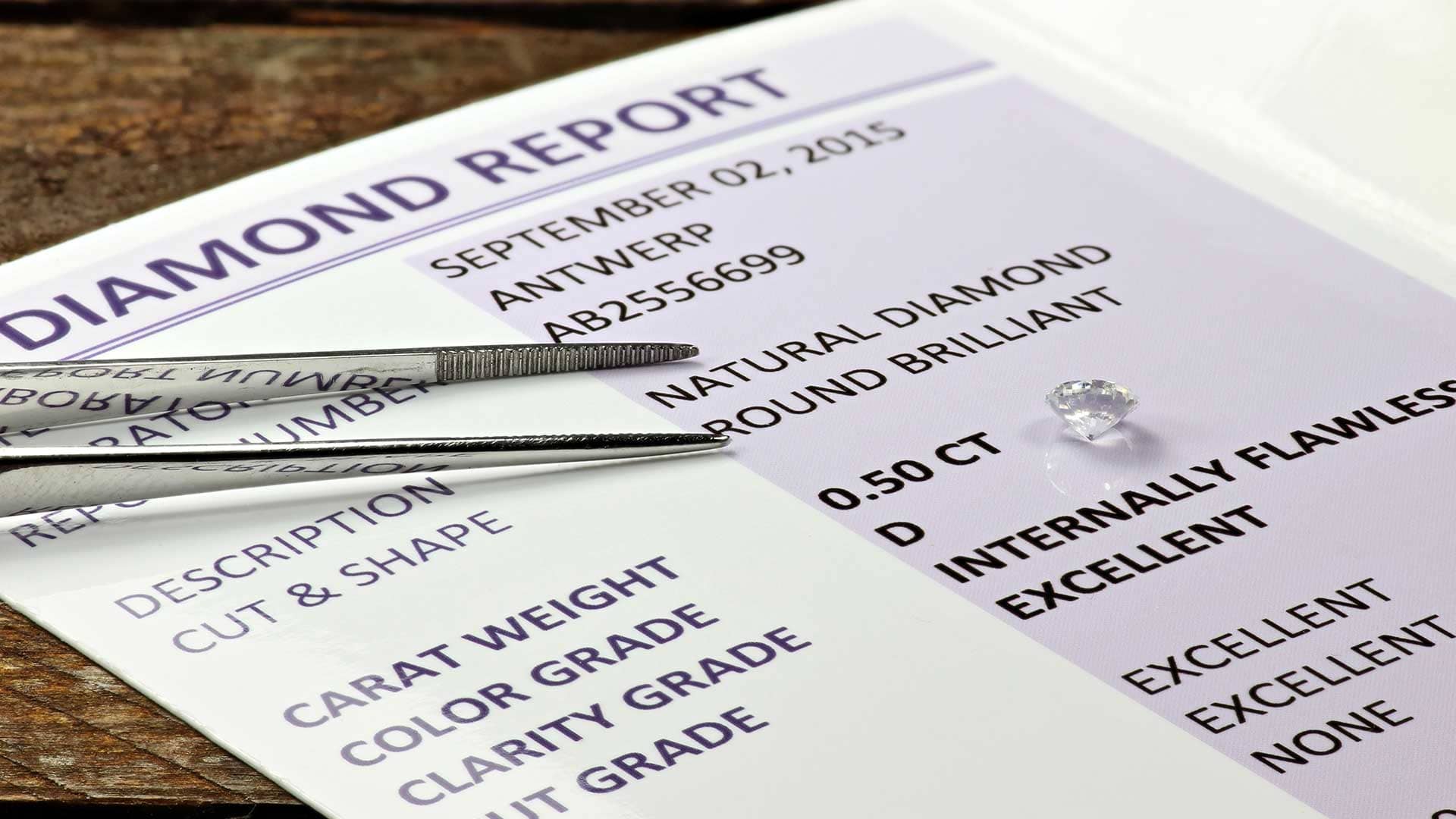
The best reason to buy a natural diamond is that it was born naturally like your love. It has a story, just like your love story. What could be less romantic than a composite love? What could be less romantic and authentic than a synthetic diamond? Because a diamond is much more than a simple piece of crystallized carbon. It is first and foremost a miracle of nature that symbolizes the beauty and magic of life, of love, and the irresistible desire for it to last forever!
Natural diamonds are rare, limited in quantity by nature and they do not lose value over time, as evidenced by the slow but steady rise in diamond prices over the past few decades. So when you buy a natural diamond, there is no risk of a sharp depreciation. Synthetic diamonds can be mass-produced, and with the technical progress and the multiplication of offers, their price is bound to decrease permanently. Especially since the logic of synthetic diamonds is to be cheap.
As with colored stones (rubies, sapphires, emeralds, etc.), there are two markets: natural stones and synthetic stones, each with its own clientele. It is even probable that, as it was the case for colored stones, the more synthetic diamonds will be numerous on the market, the more natural diamonds will have value.
For any price request and quotation for synthetic diamonds, please contact us via the special request form.
5 essential truths to know about synthetic diamonds
Since 2018 the press has been talking a lot about this new way of creating diamonds from scratch: today the rare and natural diamond, originating from the bowels of the earth, would be threatened by a "twin brother", the synthetic diamond, born in the laboratory thanks to the possibility of artificially reproducing the circumstances of pressure and temperature that form this magic stone. As with any new topic that is in vogue, we hear everything and its opposite, and many amalgams or prejudices surface. Our goal in this article is to remind you of some essential truths to know before deciding to buy a natural diamond or a synthetic diamond, which will also allow you to better understand the price difference.
In this regard, the Diamond Producers Association (DPA), founded in May 2015 by seven of the world's largest diamond producers, has written a very clear article stating the 5 essential truths you need to know about synthetic diamonds. We translate it below. Note that the DPA's mission is to protect and promote the integrity and reputation of diamonds, thus promoting the development of an increasingly ethical approach in the diamond industry, from the diamond dealer to the end customer.
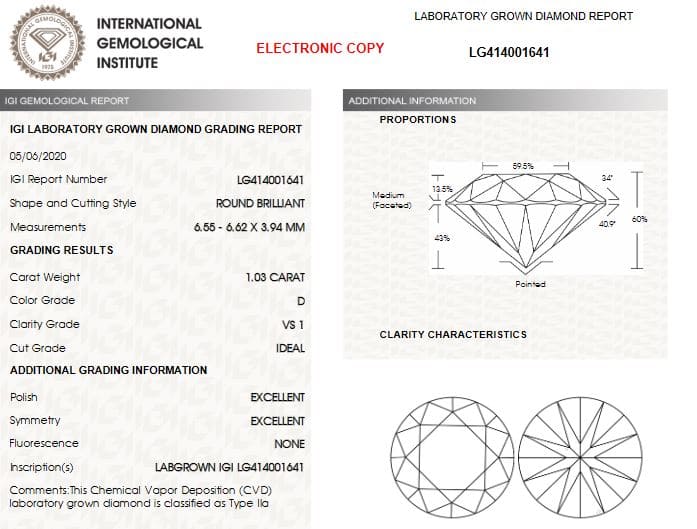
1) Synthetic diamonds, created in a laboratory, have the same physical and chemical characteristics as natural diamonds, but they are not identical and are detectable.
Diamonds created in the laboratory are produced in two to three weeks using two different methods: high pressure high temperature (HPHT) and chemical vapor deposition (CVD). Each method leaves growth marks and telltale signs of an artificially produced diamond. This is how they can be identified with professional instruments. In addition, most synthetic diamonds must be colored to correct distortions created during the industrial production process.
2) Laboratory diamonds are produced in a matter of weeks, mainly in factories outside the United States, primarily in Asia.
Most of the synthetic diamonds created in the laboratory are not produced in the United States but in China, India and Singapore. There is a lot of investment in new production capacity in Asia today and the share of Asian producers is expected to increase further. Synthetic diamond producers often claim that their products are "green" and "transparent. However, these claims are usually vague and unsubstantiated and the origin of the product is almost never disclosed.
3) The retail price of synthetic diamonds continues to erode as production costs fall.
The production costs of laboratory diamonds are almost entirely related to electricity consumption, which is why some producers locate in areas where electricity costs are low. This explains why, over time, as technology evolves, production costs will continue to fall. In the case of colored gemstones such as rubies, sapphires or emeralds, the price of synthetic stones is about 10% or much less than that of natural stones. It is also important to know that due to economies of scale, the larger the synthetic diamond produced, the lower the cost per carat, which is in sharp contrast to a natural diamond. As an industrial product, a synthetic diamond has no resale value and its price drops rapidly.
4) The carbon emissions to produce 1 carat of synthetic diamonds are greater than those to mine the natural diamond equivalent.
When making comparisons to natural diamonds, synthetic diamond manufacturers often quote the theoretical carbon emissions of synthetic diamonds assuming they use 100% renewable energy. In reality, synthetic diamond production today uses mostly fossil fuel generated electricity, primarily in China, India and Singapore. Rigorous comparisons require a case-by-case analysis based on producer and country emission factors. The results of the Trucost report (see Ethical Diamond article, link at the bottom of the page) break down outdated stereotypes and misconceptions: the operations of natural diamond producers' mining companies emitted an average of 160 kilograms of carbon dioxide (CO2) for every 1 carat of diamonds produced in 2016, compared to estimated greenhouse gas emissions of 511 kilograms of CO2 for every 1 carat of laboratory-grown diamonds. The greenhouse gas emissions per carat - the highest environmental impact - from the production of natural diamonds are therefore three times lower than those from the manufacture of synthetic stones.
5) A large majority of consumers do not consider synthetic diamonds produced in a factory to be real diamonds because they did not form naturally on Earth.
A Harris Poll conducted in May 2018 shows that 68% of U.S. consumers believe that a synthetic diamond produced in a factory is not a "real diamond." Only 16% of those surveyed think so. Other surveys show that as consumers discover the lack of intrinsic value in synthetic diamonds, fewer and fewer consumers see them as celebrating important moments in their lives, even though a growing number see them as ultra-modern jewelry.
De Hantsetters, diamonteers since 1888
Customer service at your service, provided by diamond dealers
All our diamonds are independently certified by 3 world-renowed organisations



Want to talk to a diamonteer ?
Contact us now